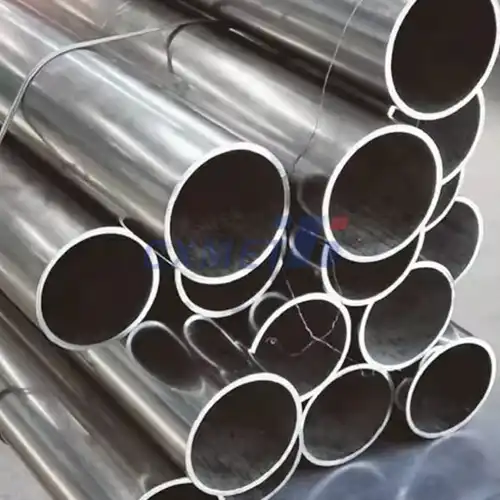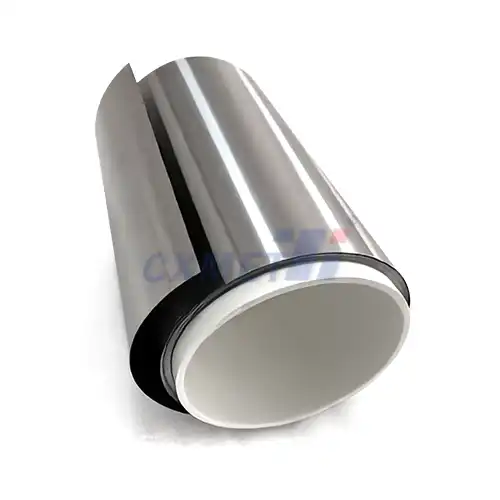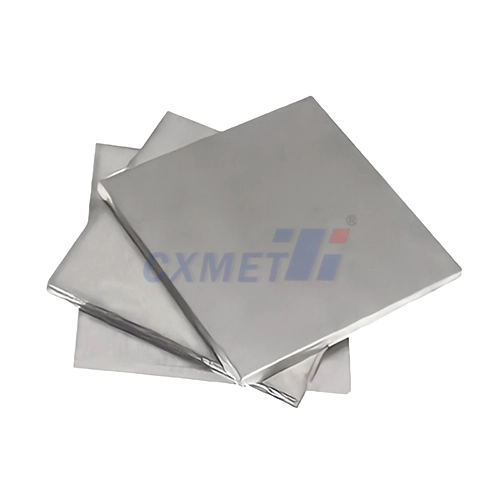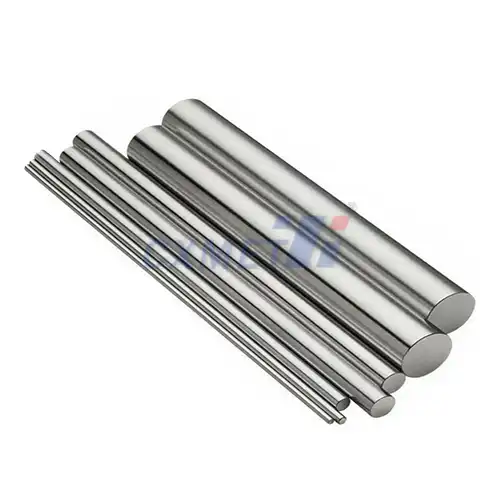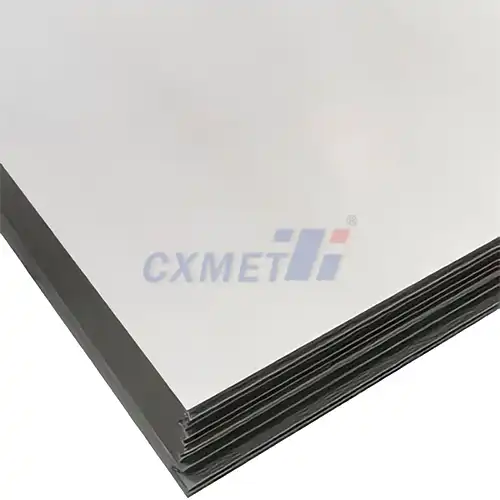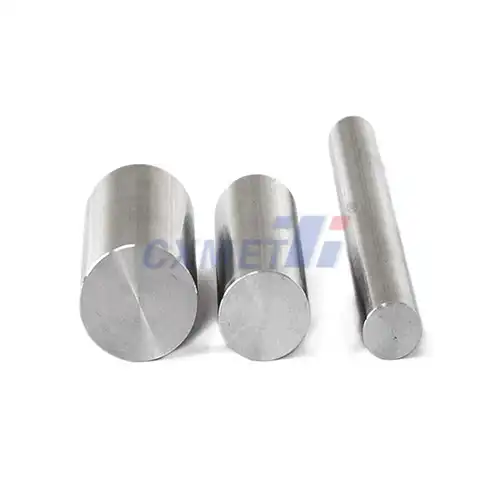- English
- French
- German
- Portuguese
- Spanish
- Russian
- Japanese
- Korean
- Arabic
- Greek
- German
- Turkish
- Italian
- Danish
- Romanian
- Indonesian
- Czech
- Afrikaans
- Swedish
- Polish
- Basque
- Catalan
- Esperanto
- Hindi
- Lao
- Albanian
- Amharic
- Armenian
- Azerbaijani
- Belarusian
- Bengali
- Bosnian
- Bulgarian
- Cebuano
- Chichewa
- Corsican
- Croatian
- Dutch
- Estonian
- Filipino
- Finnish
- Frisian
- Galician
- Georgian
- Gujarati
- Haitian
- Hausa
- Hawaiian
- Hebrew
- Hmong
- Hungarian
- Icelandic
- Igbo
- Javanese
- Kannada
- Kazakh
- Khmer
- Kurdish
- Kyrgyz
- Latin
- Latvian
- Lithuanian
- Luxembou..
- Macedonian
- Malagasy
- Malay
- Malayalam
- Maltese
- Maori
- Marathi
- Mongolian
- Burmese
- Nepali
- Norwegian
- Pashto
- Persian
- Punjabi
- Serbian
- Sesotho
- Sinhala
- Slovak
- Slovenian
- Somali
- Samoan
- Scots Gaelic
- Shona
- Sindhi
- Sundanese
- Swahili
- Tajik
- Tamil
- Telugu
- Thai
- Ukrainian
- Urdu
- Uzbek
- Vietnamese
- Welsh
- Xhosa
- Yiddish
- Yoruba
- Zulu
What is the Purpose of Using Pure titanium Powder in 3D Printing?
2024-08-02 17:38:28
The use of pure titanium powder in 3D printing represents a significant advancement in additive manufacturing technology. This innovative approach allows for the creation of complex, custom-designed titanium components with unprecedented precision and efficiency. Pure titanium powder is utilized in various 3D printing techniques, particularly in selective laser melting (SLM) and electron beam melting (EBM) processes. The purpose of using this material is multifaceted, offering unique advantages in terms of material properties, design flexibility, and production capabilities that are revolutionizing industries such as aerospace, medical, and automotive.
How does 3D printing with pure titanium powder compare to traditional manufacturing methods?
3D printing with pure titanium powder, also known as additive manufacturing, offers several distinct advantages over traditional manufacturing methods. This innovative approach allows for the creation of complex geometries and intricate designs that would be difficult or impossible to achieve using conventional techniques such as casting, forging, or machining.
One of the primary benefits of 3D printing with pure titanium powder is the significant reduction in material waste. Traditional subtractive manufacturing methods often result in substantial material loss, as excess material is removed to achieve the desired shape. In contrast, 3D printing builds components layer by layer, using only the necessary amount of titanium powder. This not only reduces waste but also makes the process more cost-effective, especially when working with expensive materials like pure titanium.
Another advantage is the ability to produce lightweight yet strong structures. 3D printing enables the creation of complex internal geometries and lattice structures that can significantly reduce the weight of components without compromising their strength. This is particularly valuable in industries like aerospace and automotive, where weight reduction is crucial for improving fuel efficiency and performance.
The design flexibility offered by 3D printing with pure titanium powder is unparalleled. Engineers and designers can create highly customized parts with intricate features, internal channels, and optimized topologies that would be challenging or impossible to manufacture using traditional methods. This freedom of design allows for the development of more efficient and functional components, pushing the boundaries of what's possible in various industries.
Furthermore, 3D printing offers faster prototyping and production cycles compared to traditional manufacturing methods. The ability to quickly iterate designs and produce functional prototypes accelerates the product development process. This rapid prototyping capability is especially valuable in industries where time-to-market is critical.
However, it's important to note that 3D printing with pure titanium powder also has some limitations compared to traditional methods. The initial setup costs for additive manufacturing equipment can be high, and the production speed for large volumes of parts may be slower than established mass production techniques. Additionally, the surface finish of 3D printed titanium parts often requires post-processing to achieve the desired smoothness, which can add time and cost to the overall production process.
Despite these challenges, the unique capabilities of 3D printing with pure titanium powder continue to drive innovation across industries, offering new possibilities for component design and manufacturing that were previously unattainable.
What are the key applications of 3D printed pure titanium components?
The versatility and unique properties of 3D printed pure titanium components have led to their adoption in a wide range of industries and applications. The combination of titanium's inherent characteristics - such as high strength-to-weight ratio, excellent corrosion resistance, and biocompatibility - with the design freedom offered by 3D printing has opened up new possibilities for innovation and improved performance in various fields.
In the aerospace industry, 3D printed pure titanium components are revolutionizing aircraft and spacecraft design. These components are used in critical applications such as engine parts, structural elements, and fuel systems. The ability to create complex, lightweight structures allows for significant weight reduction in aircraft, leading to improved fuel efficiency and performance. For example, GE Aviation has successfully implemented 3D printed titanium fuel nozzles in their LEAP engine, resulting in a 25% weight reduction and improved durability compared to traditionally manufactured parts.
The medical field has also embraced 3D printed pure titanium components, particularly in the area of implants and prosthetics. Custom-designed titanium implants can be tailored to individual patient anatomies, improving fit, function, and patient outcomes. Titanium's biocompatibility and ability to osseointegrate (bond with bone tissue) make it an ideal material for orthopedic and dental implants. 3D printing allows for the creation of porous structures that promote bone ingrowth and better implant fixation. Companies like Stryker have been at the forefront of developing 3D printed titanium implants for spinal, hip, and knee replacements.
In the automotive industry, 3D printed pure titanium components are finding applications in high-performance and racing vehicles. These parts are used in exhaust systems, suspension components, and drivetrain elements where weight reduction and heat resistance are crucial. The ability to create optimized designs with internal cooling channels and complex geometries allows for improved performance and efficiency in automotive applications.
The marine industry is another sector benefiting from 3D printed pure titanium components. Titanium's excellent corrosion resistance in saltwater environments makes it ideal for various marine applications. 3D printing enables the production of complex propeller designs, pump impellers, and other underwater components that offer improved efficiency and durability compared to traditional materials and manufacturing methods.
In the energy sector, 3D printed pure titanium components are being used in the development of more efficient and durable equipment for oil and gas exploration, as well as in renewable energy technologies. For instance, titanium parts are utilized in deep-sea drilling equipment and in the construction of heat exchangers for geothermal energy systems.
The sports and leisure industry has also adopted 3D printed pure titanium components for high-performance equipment. Custom-designed titanium parts are used in professional cycling, golf clubs, and other sporting goods where strength, lightweight properties, and customization are valued.
Lastly, the jewelry and luxury goods sectors have embraced 3D printing with pure titanium powder to create unique, intricate designs that were previously impossible or prohibitively expensive to produce using traditional methods. The ability to create complex, lightweight structures has opened up new possibilities for artistic expression and product design in these industries.
As 3D printing technology continues to advance and become more accessible, we can expect to see even more innovative applications of pure titanium components across various industries, pushing the boundaries of design, performance, and functionality.
What challenges are associated with 3D printing using pure titanium powder?
While 3D printing with pure titanium powder offers numerous advantages, it also presents several challenges that researchers and manufacturers must address to fully realize its potential. Understanding these challenges is crucial for improving the technology and expanding its applications across industries.
One of the primary challenges in 3D printing with pure titanium powder is the high reactivity of titanium at elevated temperatures. Titanium readily reacts with oxygen, nitrogen, and hydrogen when heated, which can lead to contamination and degradation of the material properties. This reactivity necessitates the use of high-purity inert gas environments or vacuum chambers during the printing process, adding complexity and cost to the manufacturing setup.
The thermal management of the 3D printing process is another significant challenge. The high melting point of titanium (around 1,668°C or 3,034°F) requires powerful energy sources such as high-powered lasers or electron beams to achieve full melting. This intense heat can lead to thermal stress and distortion in the printed parts, potentially causing warping, cracking, or internal defects. Careful control of the thermal gradients and cooling rates is essential to produce high-quality titanium components.
Achieving the desired microstructure and mechanical properties in 3D printed titanium parts can be challenging. The layer-by-layer building process can result in anisotropic properties, where the material behaves differently depending on the direction of the applied force. This anisotropy can affect the overall strength and performance of the printed components. Post-processing treatments such as heat treatment or hot isostatic pressing (HIP) are often required to homogenize the microstructure and improve the mechanical properties, adding time and cost to the production process.
The powder characteristics of pure titanium also present challenges in 3D printing. The flowability and packing density of the powder can affect the quality and consistency of the printed parts. Titanium powders are often spherical and have a relatively large particle size distribution, which can impact the layer thickness and resolution of the printed components. Additionally, the high cost of high-quality titanium powder suitable for 3D printing contributes to the overall expense of the process.
Surface finish and dimensional accuracy are ongoing challenges in 3D printing with pure titanium powder. The layer-by-layer building process can result in a rough surface texture, often referred to as the "stair-step" effect. Achieving smooth surfaces and tight tolerances may require additional post-processing steps such as machining, polishing, or chemical treatments, which can add complexity and cost to the manufacturing process.
The development of optimized process parameters for 3D printing with pure titanium powder is a complex task. Factors such as laser power, scanning speed, layer thickness, and powder bed temperature must be carefully balanced to achieve the desired material properties and part quality. These parameters often need to be tailored for specific part geometries and applications, requiring extensive experimentation and characterization.
Lastly, the high cost of 3D printing equipment capable of processing pure titanium powder remains a significant barrier to widespread adoption. The specialized machines required for selective laser melting or electron beam melting of titanium are expensive to purchase and maintain, limiting their accessibility to large corporations and research institutions.
Despite these challenges, ongoing research and development efforts are continually improving the 3D printing process for pure titanium powder. Advancements in process control, powder metallurgy, and post-processing techniques are addressing many of these issues, paving the way for broader adoption of this technology across industries.
Conclusion
The use of pure titanium powder in 3D printing represents a significant advancement in manufacturing technology, offering unique advantages in terms of design flexibility, material efficiency, and the ability to create complex, high-performance components. While challenges remain in terms of process control, material properties, and cost-effectiveness, ongoing research and development efforts are continuously improving the technology. As these challenges are addressed, we can expect to see even wider adoption of 3D printed pure titanium components across various industries, driving innovation and pushing the boundaries of what's possible in advanced manufacturing.
At SHAANXI CXMET TECHNOLOGY CO., LTD, we take pride in our extensive product range, which caters to diverse customer needs. Our company is equipped with outstanding production and processing capabilities, ensuring the high quality and precision of our products. We are committed to innovation and continuously strive to develop new products, keeping us at the forefront of our industry. With leading technological development capabilities, we are able to adapt and evolve in a rapidly changing market. Furthermore, we offer customized solutions to meet the specific requirements of our clients. If you are interested in our products or wish to learn more about the intricate details of our offerings, please do not hesitate to contact us at sales@cxmet.com. Our team is always ready to assist you.
References:
1. Herzog, D., Seyda, V., Wycisk, E., & Emmelmann, C. (2016). Additive manufacturing of metals. Acta Materialia, 117, 371-392.
2. Dehoff, R. R., Kirka, M. M., Sames, W. J., Bilheux, H., Tremsin, A. S., Lowe, L. E., & Babu, S. S. (2015). Site specific control of crystallographic grain orientation through electron beam additive manufacturing. Materials Science and Technology, 31(8), 931-938.
3. Frazier, W. E. (2014). Metal additive manufacturing: a review. Journal of Materials Engineering and Performance, 23(6), 1917-1928.
4. Liu, S., & Shin, Y. C. (2019). Additive manufacturing of Ti6Al4V alloy: A review. Materials & Design, 164, 107552.
5. Sing, S. L., An, J., Yeong, W. Y., & Wiria, F. E. (2016). Laser and electron‐beam powder‐bed additive manufacturing of metallic implants: A review on processes, materials and designs. Journal of Orthopaedic Research, 34(3), 369-385.
6. Wauthle, R., van der Stok, J., Amin Yavari, S., Van Humbeeck, J., Kruth, J. P., Zadpoor, A. A., ... & Schrooten, J. (2015). Additively manufactured porous tantalum implants. Acta Biomaterialia, 14, 217-225.
7. Gong, H., Rafi, K., Gu, H., Starr, T., & Stucker, B. (2014). Analysis of defect generation in Ti–6Al–4V parts made using powder bed fusion additive manufacturing processes. Additive Manufacturing, 1, 87-98.
8. Thijs, L., Verhaeghe, F., Craeghs, T., Humbeeck, J. V., & Kruth, J. P. (2010). A study of the microstructural evolution during selective laser melting of Ti–6Al–4V. Acta Materialia, 58(9), 3303-3312.
9. Qian, M., Xu, W., Brandt, M., & Tang, H. P. (2016). Additive manufacturing and postprocessing of Ti-6Al-4V for superior mechanical properties. MRS Bulletin, 41(10), 775-784.
10. Körner, C. (2016). Additive manufacturing of metallic components by selective electron beam melting—a review. International Materials Reviews, 61(5), 361-377.
